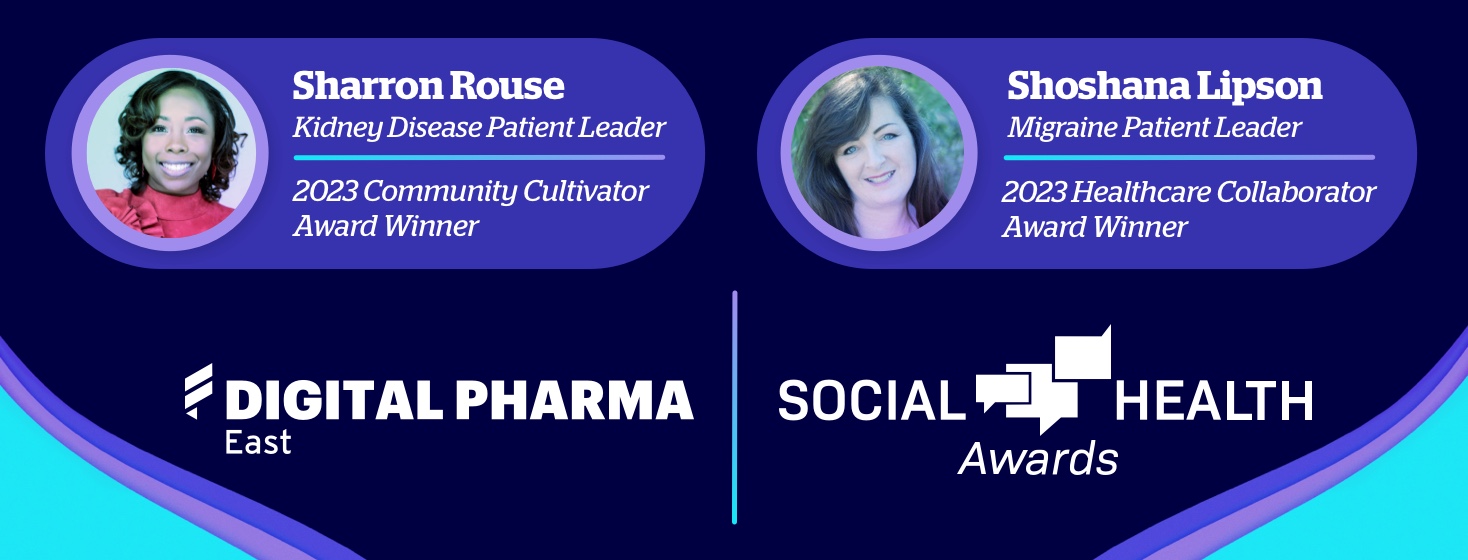Relationships Are Key to Patient Engagement
Bringing patients to the table is just the first step for biopharmaceutical companies. The next step in the process is figuring out what to do with them and how to work with them. Sharron expressed the importance of remembering that these patients are real people with real lives looking for real change, and “you are the answer to that change for them.”
When they are brought in by biopharma companies, Sharron said, patients are looking for relationships, and companies should want that, too. To that point, Sharron laid out a few important elements that need to be considered to build a solid relationship with patients.
First, companies need to consider their approach; specifically, they need to focus on patients as people, consider their backgrounds and situations and determine an approach that makes sense for those individuals. Second, building trust goes well beyond bringing somebody into an advisory council merely to check the box; it involves showing that companies are invested in the health of those patients and the communities they represent.
Third, Sharron said companies need to be transparent about what they want to achieve, specifically laying out clear objectives so that patients better understand what they’re trying to achieve together. Finally, companies need to sustain the relationship by following up on how the process is going and asking for additional feedback; speaking for herself, Sharron said, “I’m more apt to want to come back to the table if I feel it’s a mutual thing.”
Focus on Solving ‘Real Problems’
Shoshana explained to attendees that when biopharmaceutical companies don’t focus on solving what patients perceive to be real problems, they miss the mark and waste valuable opportunities to help people in need. Specifically, she said that when patients feel they are being tokenized by pharma companies, they often mistrust those specific companies or the industry at large. Significantly, they are also more likely to flip medications, less likely to take treatments as prescribed and less likely to treat adverse events or side effects. Significantly, in terms of their emotional and mental health and well-being, they might lose hope.
However, when biopharmaceutical and healthcare companies place the patient voice at the center of their process from the start, the ability to meet the true needs of patients becomes more realistic. Although overall treatment efficacy is vital, Shoshana reminded that there are numerous quality of life needs that patients would like to see met. She mentioned that some serious issues for her include how long she will be able to keep walking before she needs to use a wheelchair full-time, her ability to survive cross-country plane rides and attending events for her children without spending a day in bed due to migraine.
She also said that there are many treatment-related challenges patients face that early-and-constant patient partnership could potentially solve. For example, she mentioned that she was prescribed a medication for an autoimmune condition that she hadn’t been able to take for half of the last year because it suppressed her immune system; the suppression of her immune system made her vulnerable to illnesses that, in a vicious-cycle way, would stop her from being able to take that medication. Additionally, Shoshana lamented that companies keep developing medications for migraine attacks that need to be taken orally, despite the fact that people often vomit during such attacks.
Partnering with patients from the start, she said, helps to show that companies truly understand the real problems and challenges being faced. Doing so, in turn, can help to increase trust, restore hope and improve outcomes.
Solutions Should Be Co-Designed
Shoshana told attendees that she loves the term “co-design” when it comes to working with pharma companies because it insinuates that patients are actually part of developing the solution.
The first steps in co-designing solutions are identifying unmet needs and actually addressing the challenges. Although she said these steps seem obvious, they aren’t, especially since so many sweeping patient needs remain unmet.
The next step is communicating in a way that patients understand, and Shoshana said that talking directly to patients is the best way to figure out the best methods of communication. She said companies then need to try to understand the patient mindset and then work hand-in-hand with patient leaders to find ways to effectively reach their target demographics.
She then listed a number of practical ways companies can work with patients to co-design solutions – some of which she has experienced as a patient leaders:
- Patient advisory boards and councils
- Paying patient consultants as subject matter experts
- Co-design workshops where patients can sit down with researchers and industry professionals
- Sponsoring advocacy projects
- Cross-brand patient days
- Bringing patients in to speak at conferences (both internal and external)
Call to Action: Patients As ‘An Integral Part of Innovation’
Both women told attendees they wanted to leave them with a call to action to better understand the dual transformative impact of working with patients from the start. Sharron urged that patients nowadays want “to be seen, heard, and an integral part of innovation in the pharmaceutical space,” and that their “lived experiences coupled with the expertise of scientists and pharmaceutical professionals” create “a solid foundation for sustainable relationships and scalable solutions.”
Likewise, Shoshana stressed that true patient centricity from the start can lead to a “powerful collaboration that drives the strategic direction for the organization” and can help to “create a win-win situation for everyone across the healthcare landscape.”
Sharron Rouse and Shoshana Lipson are just two impressive health leaders who represent the wide range of influential individuals Health Union can connect you with through our extensive Social Health Network. To learn how your brand can plug into the power of social health – from scalable online health communities and social extensions to comprehensive quantitative condition-specific data and more – visit our Business Solutions page.




